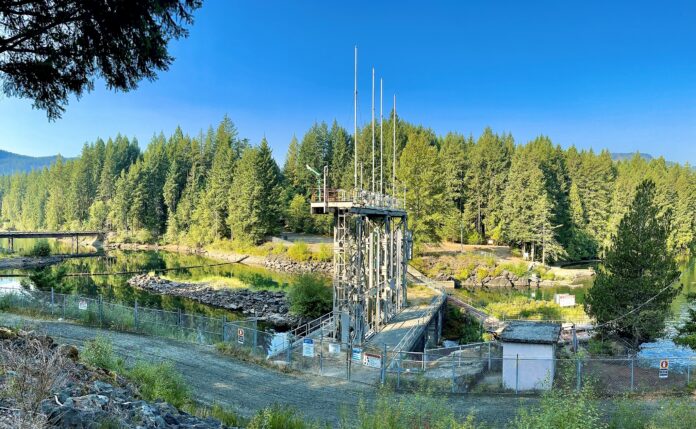Recent rainfall means the water levels in the Puntledge and other rivers in the Comox Valley have seen good increases over the last week.
According to BC Hydro stakeholder engagement advisor Stephen Watson, the Comox Lake reservoir has risen about 80 centimetres over the last 10 days. He says that is mostly due to water conservation efforts, allowing them to accept the water from rainfall last week.
“Now we’re in a position where we started the powerhouse recently, running at about 20 per cent capacity and as of Thursday, it will be running at about one-third capacity,” said Watson.
However, he says that is not quite where they want to be and they usually like the powerhouse to be running at full capacity. The Puntledge water system has doubled in water flow over the last 10 days as well and now is between 16 and 17 m3/s, double than what it was before.
Watson says the goal is for the flows to be around 32 m3/s for the powerhouse to run at full capacity. The increase has also allowed for more salmon to make their way up the river and to start making their way up the river system and through the salmon steps.
The rains have also led to a decrease in water restrictions in the Comox Valley, which moved back to Stage 2 from Stage 3 last week. Watson says more rain will be needed to further ease restrictions, but more rain appears to be on the way for this week.
“With the storm that may hit Sunday night and Monday, that could put us in a pretty good place where we can go back to so called normal,” said Watson. “We’re moving in the right direction, well see what happens but there is still a ways to go.”
Improvements have also been seen in the Browns and Tsolum rivers, triggering the high flow alarms as flows went from around 0.1 m3/s to 32 m3/s, according to Watson. However, it has since settled and those rivers are still low for that time of year.
“We need a little more ground saturation, a few more storms just to have a more constant river flow which of course will be good for salmon,” said Watson.






